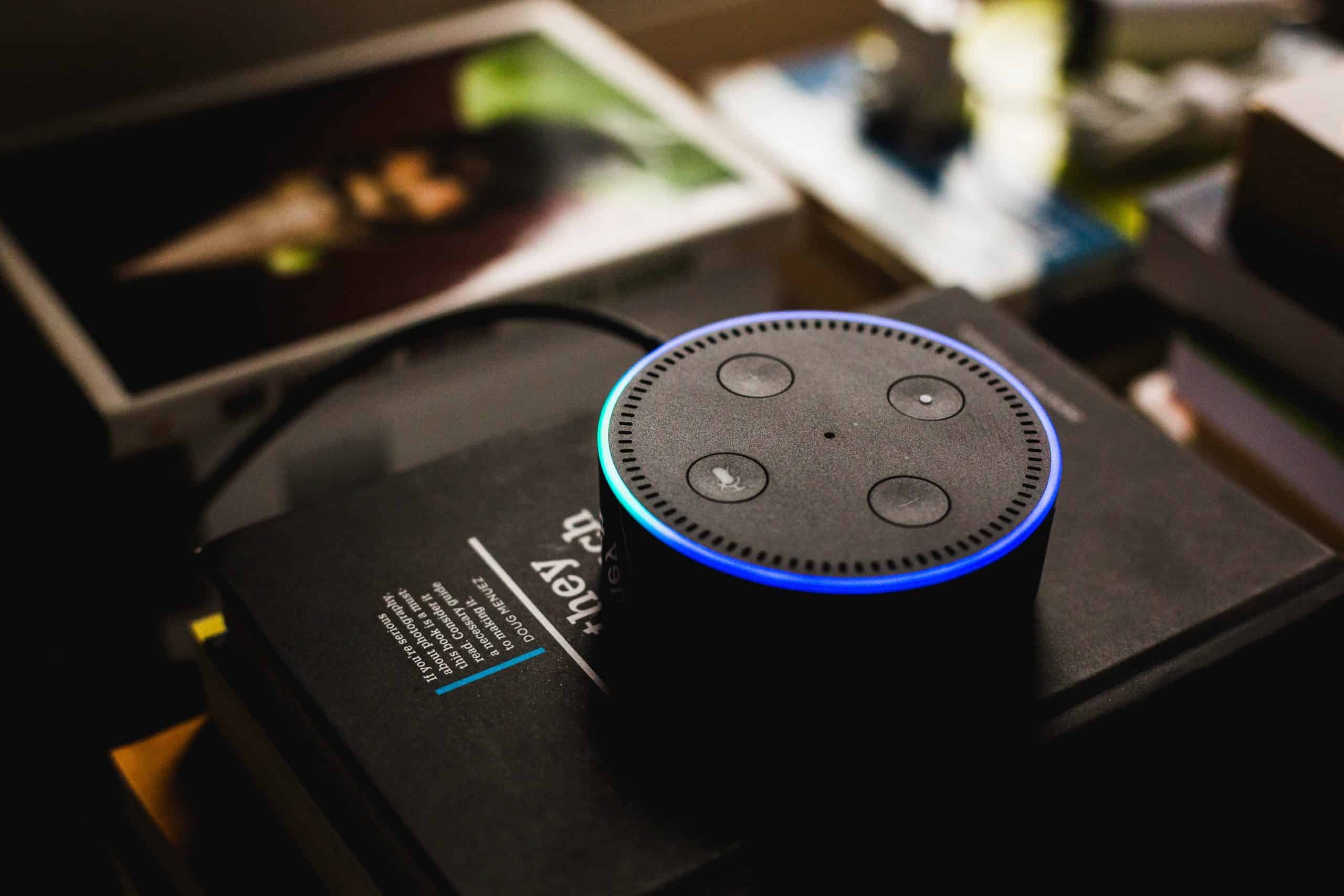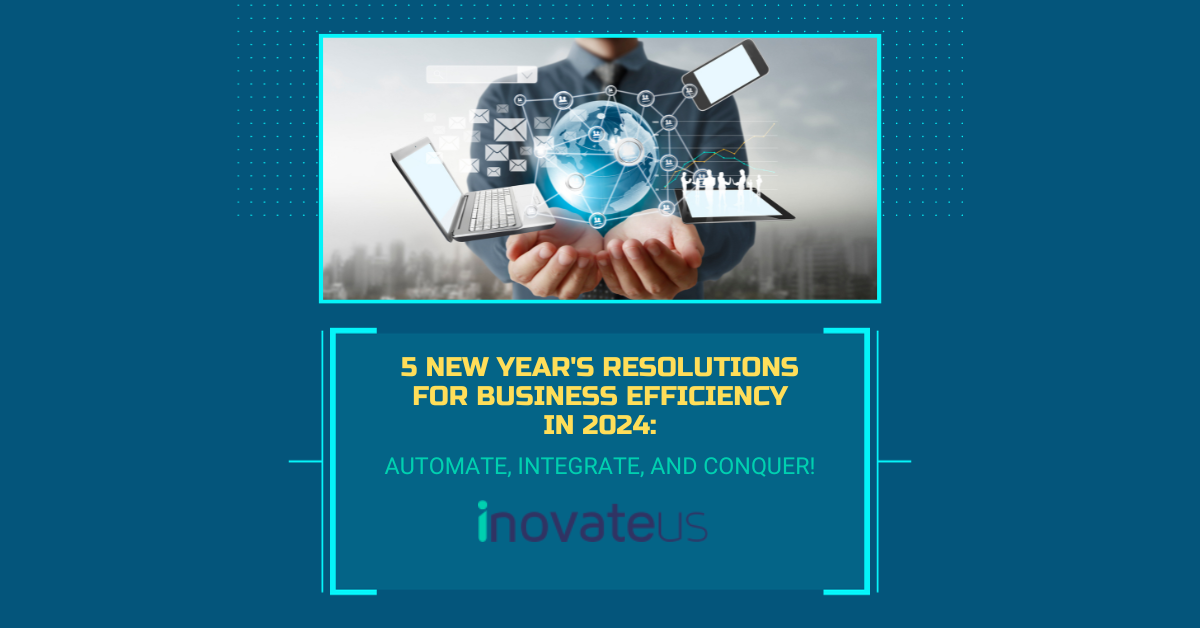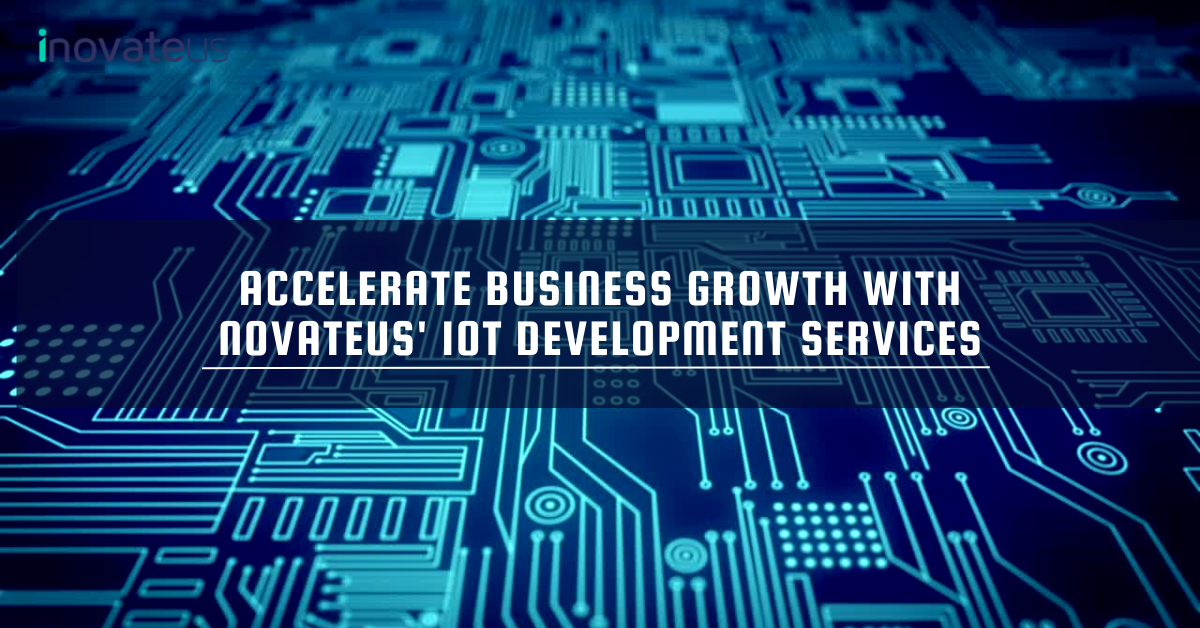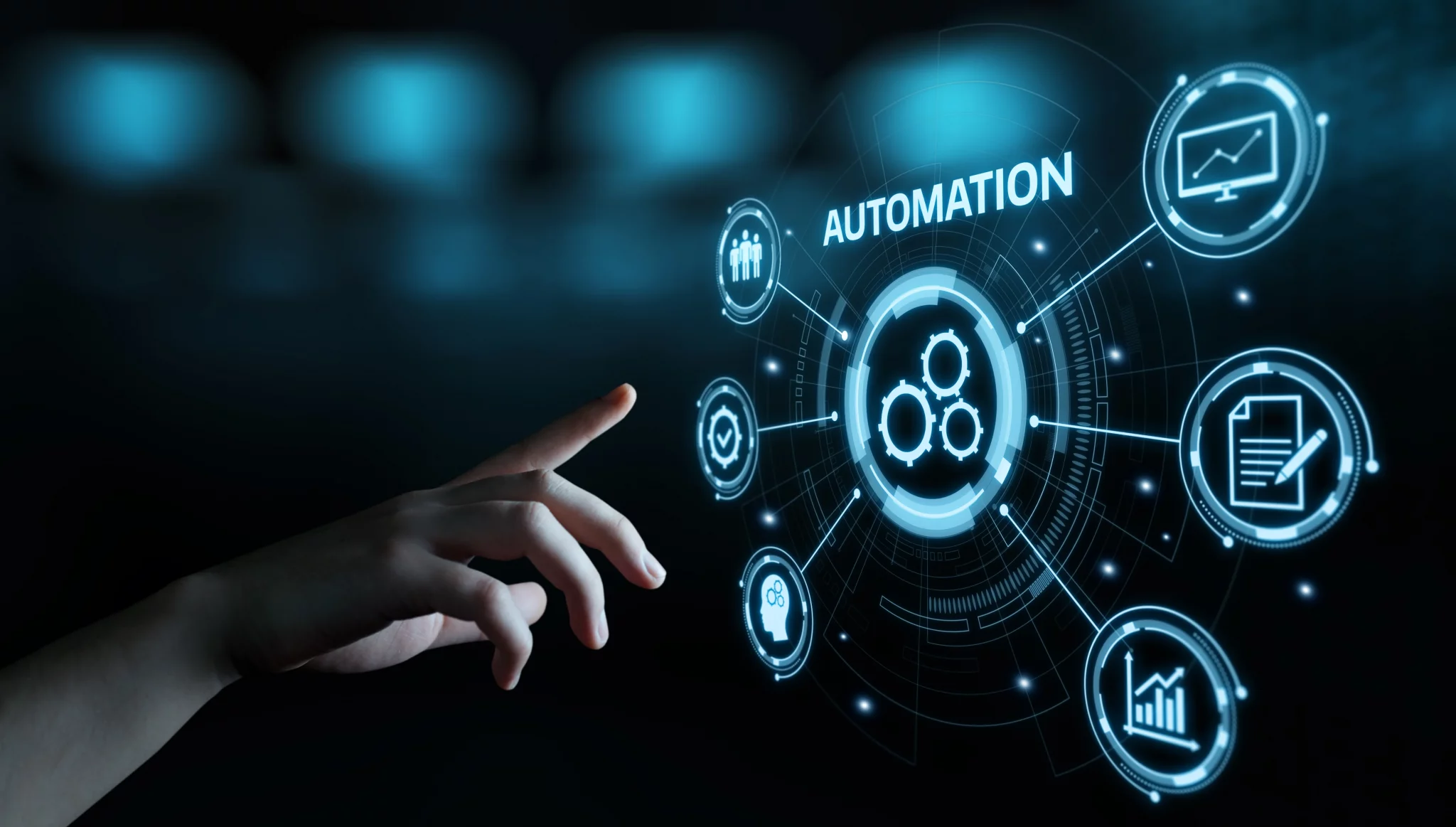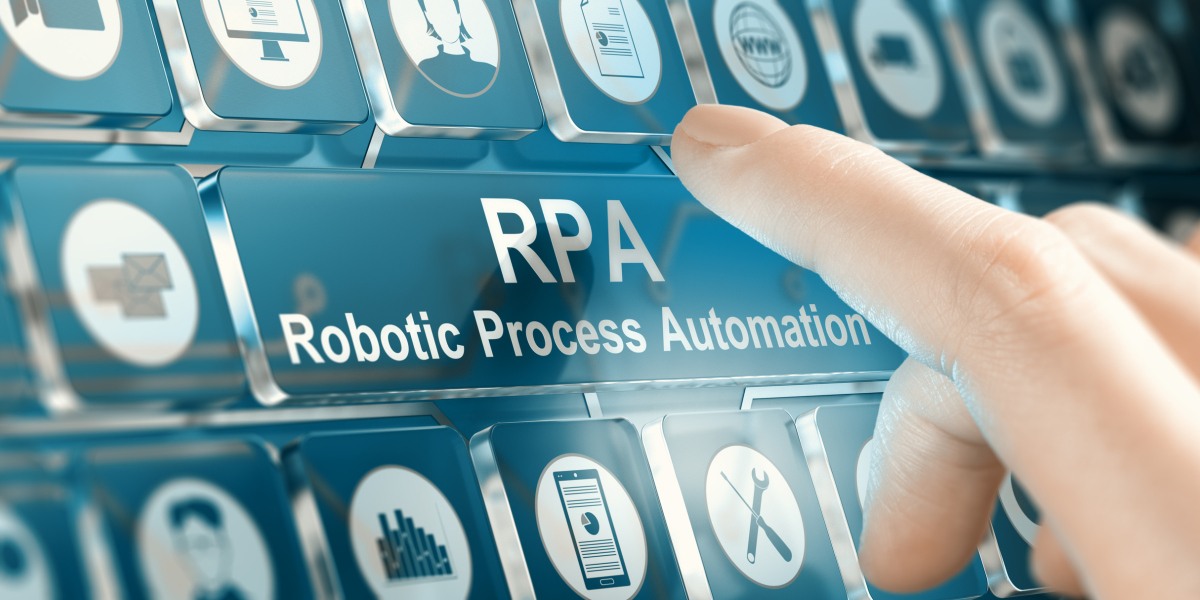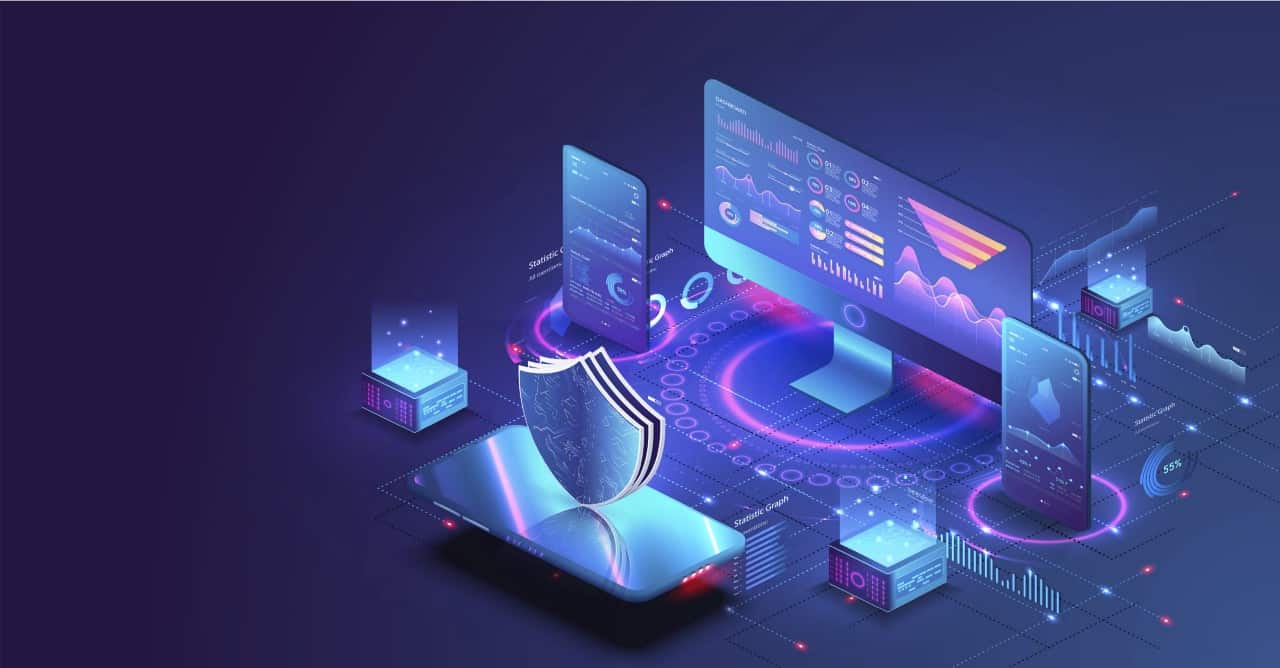IoT is drastically changing the world for the better. There was a time when internet connectivity was available only on phones and computers. Devices that once weren’t expected to be connected to the internet, now analyze every move we make. All these devices collect and share data to make our lives more productive. Statistically, in 2020 alone, 31 billion devices are expected to be connected to the IoT network. Daily life applications of IoT grow day by day, making us more connected than ever.
You may have come across devices connected through the Internet of Things. Chances are you might not even know which ones use IoT. Looking at the industry-wise distribution of daily life applications if IoT we noticed Manufacturing is taking the lead with most implementations. Yearly analysis of IoT projects concludes that as many as 22% percent of IoT products contributed to the manufacturing sector. Moreover, every year IoT facilitates many sectors including healthcare, transportation, energy, etc. making our lives streamlined and connected.
Daily Life Applications of IoT
Here’s our list of some of the most important daily life applications of IoT yet.
Manufacturing/ Industrial Applications
Customer expectations are harder to fulfill, the complexity of global supply chain management is at the risk of a few errors and customizable options are now the new trend. These challenges are encouraging manufacturers to invest in IoT solutions. Using IoT products manufacturers can boost the speed of production and the quality of their products. Manufacturers are estimated to invest up to $45.3 Billion in IoT implementation by 2022. The huge share of projects is what makes manufacturing one of the most important daily life applications of IoT.
Bsquare annual IIoT maturity survey reports that 86% of manufacturers have already adopted IIoT solutions, and 84% of them find IIoT extremely effective.
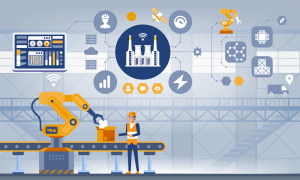
Reduced Time-to-Market
Intelligent systems optimize manufacturing times for products. Manufacturing chains are streamlining supply chain operations using inventory management systems within their IoT devices. The optimized manufacturing process combined with streamlined supply chain operations significantly reduce the time to market for products.
Predictive Maintenance
IoT continues to facilitate predictive maintainece in industries. Machinery is using remote data collection IoT platforms that wirelessly patch and update machinery in a timely manner through predictive maintenance. New machinery will be introduced in the market, and it is predicted that by 2022 every business will have at least one IoT solution-driven device.
Improved Worker Safety
Workers work tirelessly to help manufacture the best quality products for every industry. With manual safety checks for workers, some negligence can be life-threatening. Consequently, companies are now investing in IoT wearables, paired with measures in place, they help monitor every worker’s health and vitals. Additionally, IoT products can help detect potentially hazardous situations in the work environment beforehand. A Study reveals 83% of manufacturing managers see increased productivity from safety programs.
Energy
Energy organizations are now adopting smart solutions for the management of operations remotely. Reports suggest due to rapid increases in factors like urban living energy consumption is bound to increase by 40 over the next 25 years. Innovative concepts like smart grids and digital twins are some of the daily applications of IoT that make our everyday life easier.
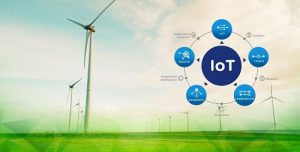
Smart Grids
Regular Power grids can no longer keep up with the energy needs of today. That is why governments are looking to invest in smart grids to help effectively manage the challenges the energy sector is facing. A smart grid uses real-time monitoring systems to determine demand and automatically adjust for optimal performance.
IoT’s role in the smart grid involves the use of sensors to detect various states of the grid. Recently, sensors the size of mobile have been developed which measure radio frequency signals. Moreover, sensors can notify operators of ongoing conditions of the grid. Additionally, these sensors help detect outages before they happen, making grids more efficient.
Germany has integrated IoT infrastructure and technology solutions to implement a smart grid project in Mannheim. This project enabled the broad adoption of renewable energy and allowed to coordinate energy consumption and production in the city.
Digital Twin Energy
Digital twin energy has only begun to emerge in the world of green energy solutions and IoT ecosystems. But who are the digital twins? You know about the troubled twin already. Let us give you a refresher. You might have a general idea about the transmission and distribution of energy over an extensive landscape. The United States alone has a 9200 unit electric grid that needs to be managed efficiently. Handling such an enormous amount of management manually can get tiring and result in inefficiencies and in some cases equipment failure.
On the other hand, the not so troubled twin is one of the top 10 strategy developments 2019. Digital Twin is a cloud-based simulated model of a physical process, object, or service. Even though it has been around for years, you’ve probably just heard about it today. AI-enhanced machine learning models enhance the performance and monitoring of the power grids. This was the basic idea of the twins.
Through the use of “digital twin” energy manufacturers can track and monitor how their devices are interacting with the manufacturing process. This allows the business to predict changes that may be needed ahead of time. The digital twin energy will grow in 2020 as 48% of the manufacturers have decided to use it.
Transportation
Public transportation is the backbone of our infrastructure. Owing to the environment and the travel expenses people are shifting to greener transport options that save time for travel as well. The public and personal transport systems are separate entities but impact our daily lives greatly. The recent advances in technology have made transport an important daily life application of IoT.

Increased Safety
IoT sensors on self-driving cars and public transports make traveling safer. Sensor data tracks, for example, train speeds, aircraft part conditions, roadway temperatures, and the number of cars waiting at an intersection. Authorities then analyze this data to extract meaningful information from it. This information aids them in improving the safety of transit system operations.
Vehicle Tracking System
Vehicle tracking systems have long been in place but IoT has brought it to the spotlight. IoT sensors placed on cars can now perform enhanced tracking operations that capture driver behavior. It includes behavioral activities such as idling, driving style, cruise control, etc. Additionally, these IoT tracking systems monitor fuel, temperature, and loads, integrate with RFID, etc. All this data at the fingertips of fleet operators who then analyze it and give it meaning.
5G Network Connectivity for Industries
With connectivity at the heart of every industrial revolution, 5G(5th generation) stepped into the IoT product development scene a few years ago. It has evidently made industries like the internet of things an integral part of our daily life. We think that 5G is the foundation to help the world realize the full potential of IoT. 5G is not just about the speed but a combination of high-speed connectivity, very low latency, and ubiquitous coverage. With connectivity being the most important factor in the industry nowadays, 5G has started to bring about a major change.
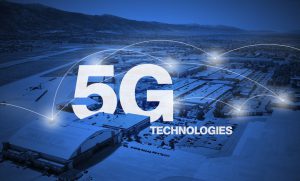
Not only will it continue to service smartphones and other similar options, but it will be used in the connection of IoT devices. These are high-risk situations where a two-second delay could cost lives. Not only will this be a growth opportunity but businesses will have to come up with fast market solutions integrating IoT and 5G.
Smart Cars
Companies are pouring millions of dollars into IoT and one particular area of interest is smart cars. Experts suggest that there will be a rise in connected car shipments from 33 million in 2017 to over 77 million by 2025.
“Connected cars will shape the future of individual mobility, and next generation mobile networks will take car‑to‑x connectivity to a new level.” – Alfons Pfaller, Head of Infotainment Development, AUDI AG
These cars won’t just work on car wifi because these are safety-critical systems that need constant connectivity. This is where 5G steps in. With the low latency and high coverage throughout the country, this is one of the safest options car makers have right now.
Smart Home
By definition, Smart cities are a network of IoT devices such as connected sensors, lights, and meters that collectively analyze and store data to bring infrastructure improvements to the city. Moreover, this analyzed data helps improve facilities like public utilities, power grids, mobility, etc.
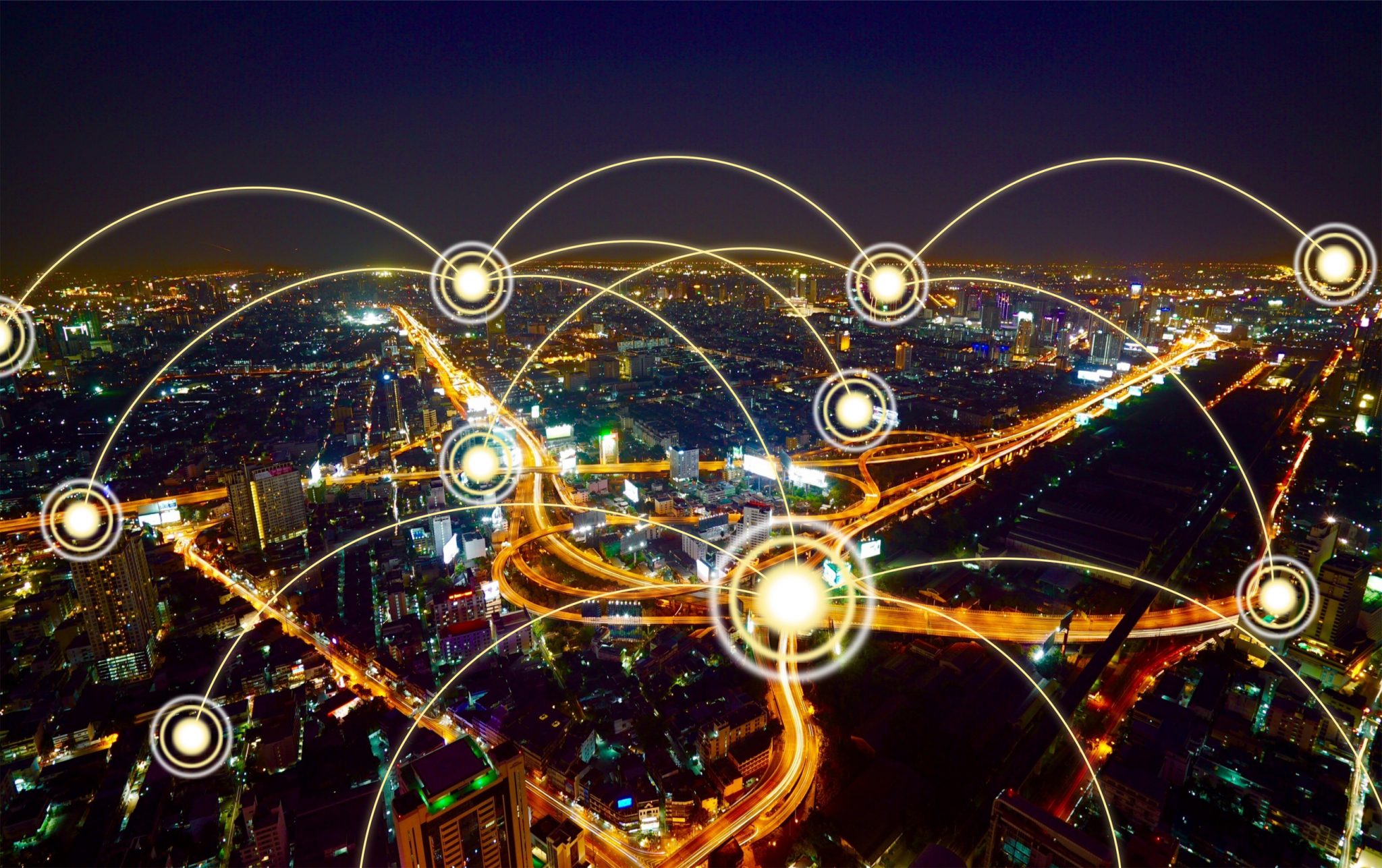
Urban Migration
The continuous migration to urban areas puts huge pressure on public services and urban planning authorities. As of 2018, 4 billion people were living in urban areas. Moreover, an increase of 2.5 Billion is expected in the next thirty years. That accounts for half of the world’s population, which is the reason why cities are continually implementing IoT solutions. The data generated from these devices helps effectively manage the added burden put on the cities.
IoT Application in Smart Cities
Industries are working to come up with autonomous solutions to facilitate the daily city hustle. You may have seen/heard of ideas like self-driving cars, smart buildings, police officer wearables, smart trash collection, etc. Solutions like real-time crime mapping, IoT ecosystems for transport, smart city solutions, etc. help cities combat the increasing pressure on cities. These IoT solutions decrease the highly risen ratio of each sector of the city by 10 to 20 percent. On top of it all, you, the citizens will be the most important aspect of these solutions.
Agriculture
As the population continues to grow explosively, and the environmental conditions worsen, the agriculture industry is expected to grow at a fast pace. That being said, it is not the pace the industry is currently growing at. A study suggests that the population is expected to rise to 9.6 Billion by 2050. We can’t reach this pace following traditional methods so the agricultural industry is working to adopt new approaches smart farming and precision farming through the use of IoT.
The internet of things could be key to the farming industry meeting the challenge of increasing food production by 70% by 2050, says report.
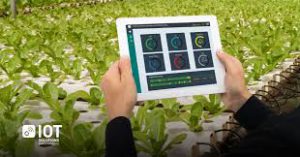
Smart Farming
Mass producers are now opting for Smart farming. Put simply, smart farming entails monitoring crop- fields using IoT sensors against factors like light, humidity, temperature, soil moisture, etc. Consequently, this somewhat automates our agriculture system. Smart Farming entails both cattle and crop farming. IoT based smart farming is highly effective, farmers can monitor their fields from anywhere.
This approach aims to innovate not only traditional farming means but newer initiatives like organic farming, family farming, etc. as well. It expected to boost the production ratio as well as help save the environment. These sensors enable the efficient use of resources which helps farmers save water, optimize units, use cleaner farming methods, etc.
A few practical approaches to daily life applications of IoT in agriculture include:
- Prevision Farming– Any measures taken to make crop and livestock farming more effective
- Agricultural Drones– Drones oversee operations like crop health assessment, irrigation, crop monitoring, crop spraying, planting, and soil and field analysis.
Livestock Monitoring– Livestock owners are now using IoT sensors to remotely monitor the location, well-being, and health of their cattle.
Healthcare
The internet of Things in healthcare is probably one of the most staggering daily life applications of IoT we have come across yet. Not only is it saving millions of lives, but it is also saving the US healthcare industry billions of dollars. The new term being termed for IoT in healthcare is The Internet of Medical Things(IOMT). This significance of this name is enough to show what magnitude of an impact IoT has made on healthcare.
Estimates show that Internet of Medical Things (IoMT) will save the healthcare industry $300 billion.
IOMT has opened up a world of possibilities for medicine. With something as simple as internet connectivity, ordinary medical devices can collect invaluable additional data, give extra insight into symptoms and trends. Additionally, these sensors can enable remote care, and give patients and the medical staff more control over their monitoring and treatment methods.
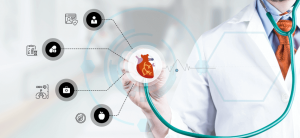
Vital Monitoring
Monitoring vitals is an essential part of patient care. With IoT sensors are even more capable now to monitor patients using various wearables and external products. This saves a lot of lives and makes the lives of healthcare professionals a lot easier. A study shows Seventy-percent of top-selling wearables are dedicated to health and fitness. Some applications of patients monitoring using IoT technology include:
- Smart continuous glucose monitoring (CGM) and insulin pens – Sensors in the device help continuously monitor blood glucose levels for several days at a time, recording at regular intervals
- Closed-loop (automated) insulin delivery– Automates the delivery of insulin into the patient’s system using software that completes loops and continuously alters the amount of insulin the pump delivers
- Connected inhalers– The systems uses a sensor that attaches to an inhaler which connects up to an app and helps people with asthma and COPD (Chronic Obstructive Pulmonary Disease) understand what might be causing their symptoms
- Ingestible sensors– Involves the use of pills that dissolve in the stomach and send a small signal to the sensor worn on the body. Moreover, this data is sent to a smartphone app, which confirms that the patient has taken the medicine as directed.
These were only the tip of the Iceberg, IoT is making huge marks in healthcare. You can read a comprehensive list of applications of IoT in healthcare and find out how it’s affecting the industry.
Conclusion
We tried our best to round up the most important daily life applications of IoT. This doesn’t mean that IoT stops here. Ever since this revolution started the world has changed for the better. we create a list of IoT predictions every year, and every year we are left to a surprise: IoT is taking over even more industries than we expected. Everything from our chores, to work-life, will be affected soon and human intervention will decrease every year. Honestly, we love the concept, something so small as sensors extracting patterns, analyzing our patterns, and making our lives more productive.
Novateus is a custom software development company that deals with the development of innovative solutions. We have years of experience working with both our offshore and in-house teams. If you need any help understanding anything or have a question please contact us.



